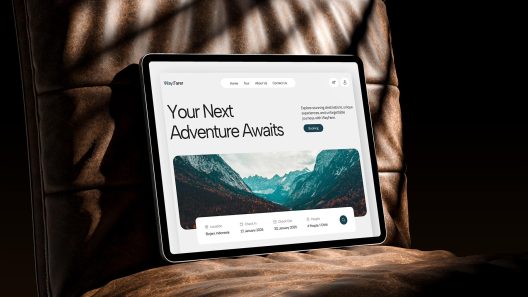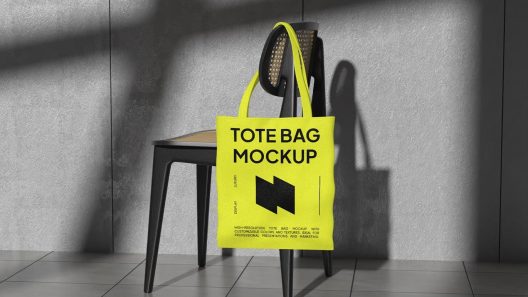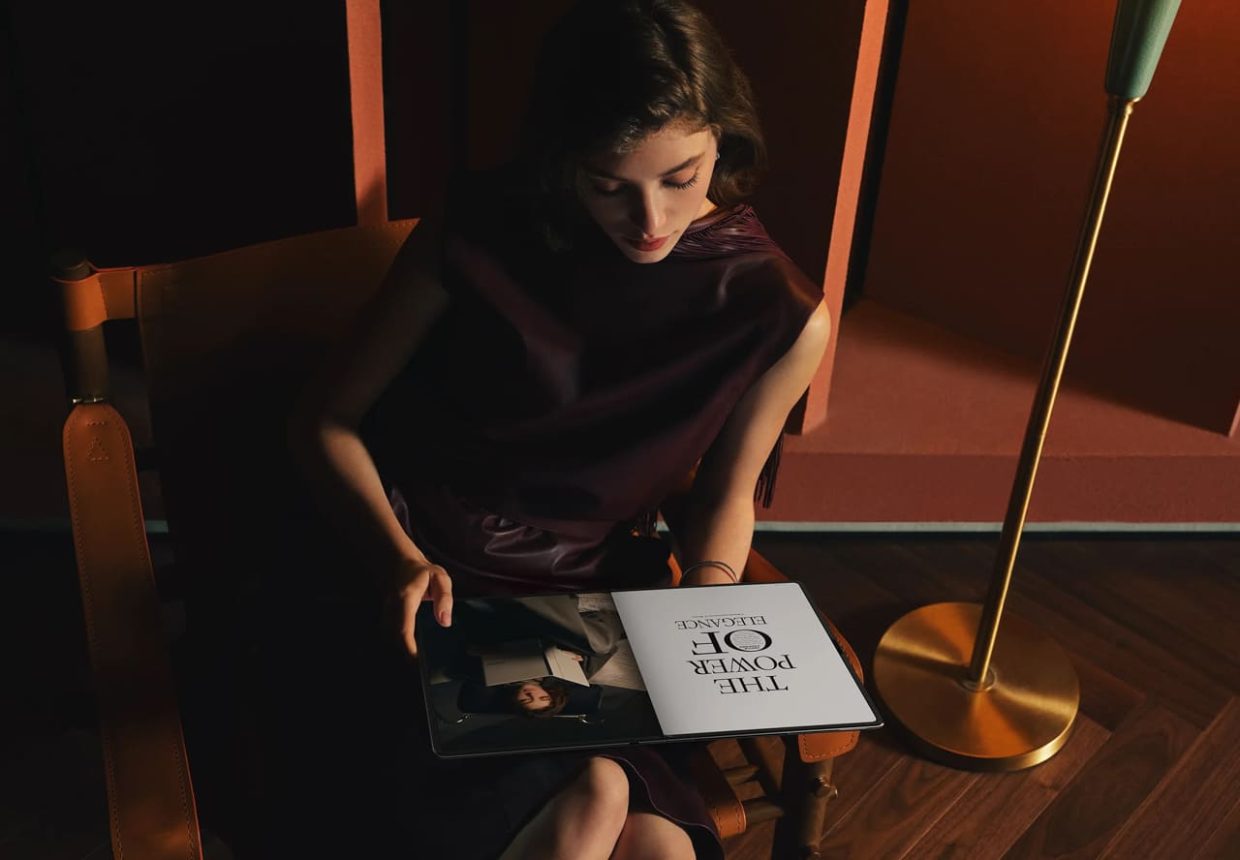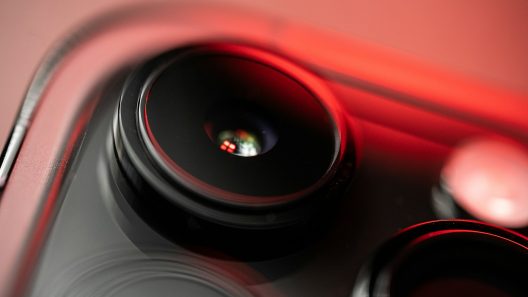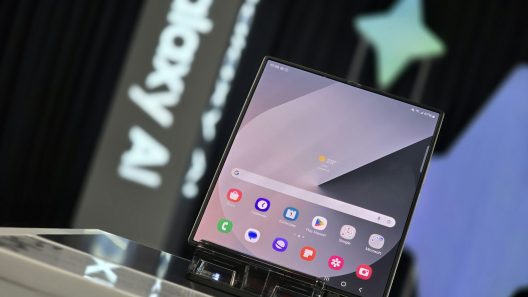Huawei effortlessly and directly pushes boundaries with the new “Huawei MateBook Fold Ultimate Design”, a foldable laptop that replaces traditional hardware conventions with one bold idea: the entire device is essentially a giant screen.
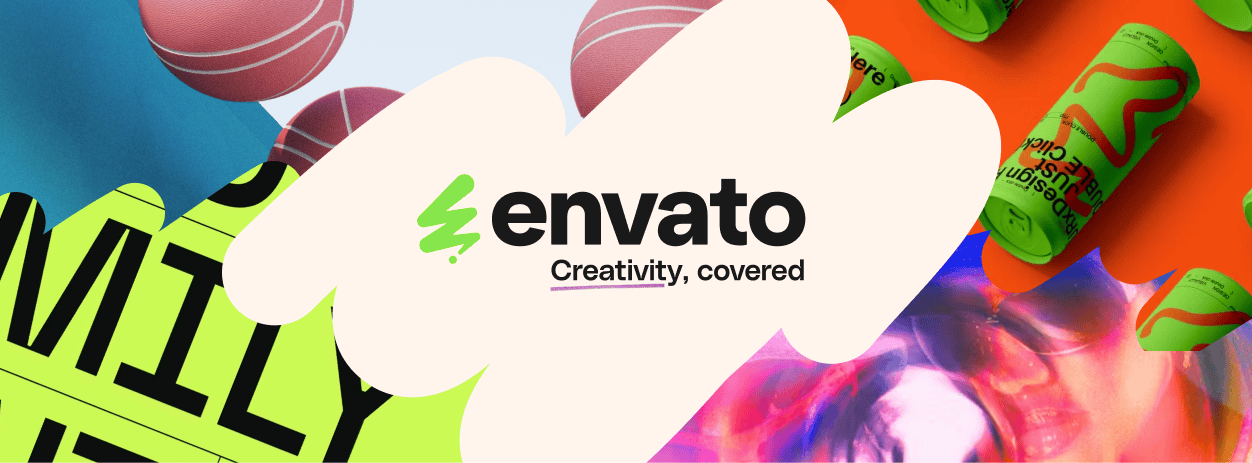
Many companies don’t pay much attention and don’t look for anything special, and continue to create dual-screen laptops. Huawei is doing something different, and its products are not inferior in quality and creativity to other global technology giants.
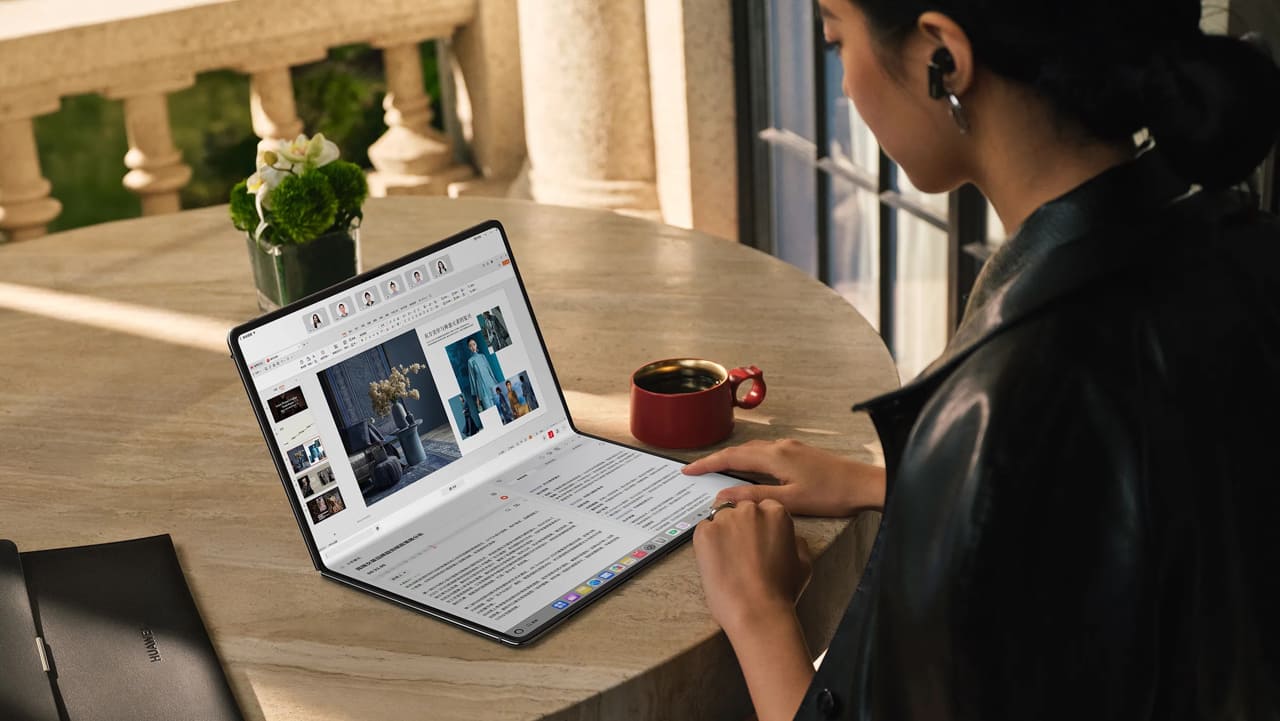
Features
The MateBook Fold Ultimate Design features a continuous OLED panel that folds down the middle, enabling it to function both as a conventional laptop and a full-blown tablet. No visible bezels or seams disrupt the experience.
When closed, it resembles an elegant case. When opened, it reveals a stunning 18.3-inch OLED display – uninterrupted and immersive, maybe even impressive? This display neatly folds in half, allowing users to operate it in a conventional “open” mode using the on-screen keyboard or a paired external keyboard.
At just 7.3mm thick when unfolded, it’s thinner than most smartphones, including the iPhone 16 Pro. This thinness doesn’t compromise on display quality. The MateBook Fold boasts a 3K OLED display with vivid colors, true blacks, and high contrast-ideal for both content viewing and professional work like photo editing or video playback.
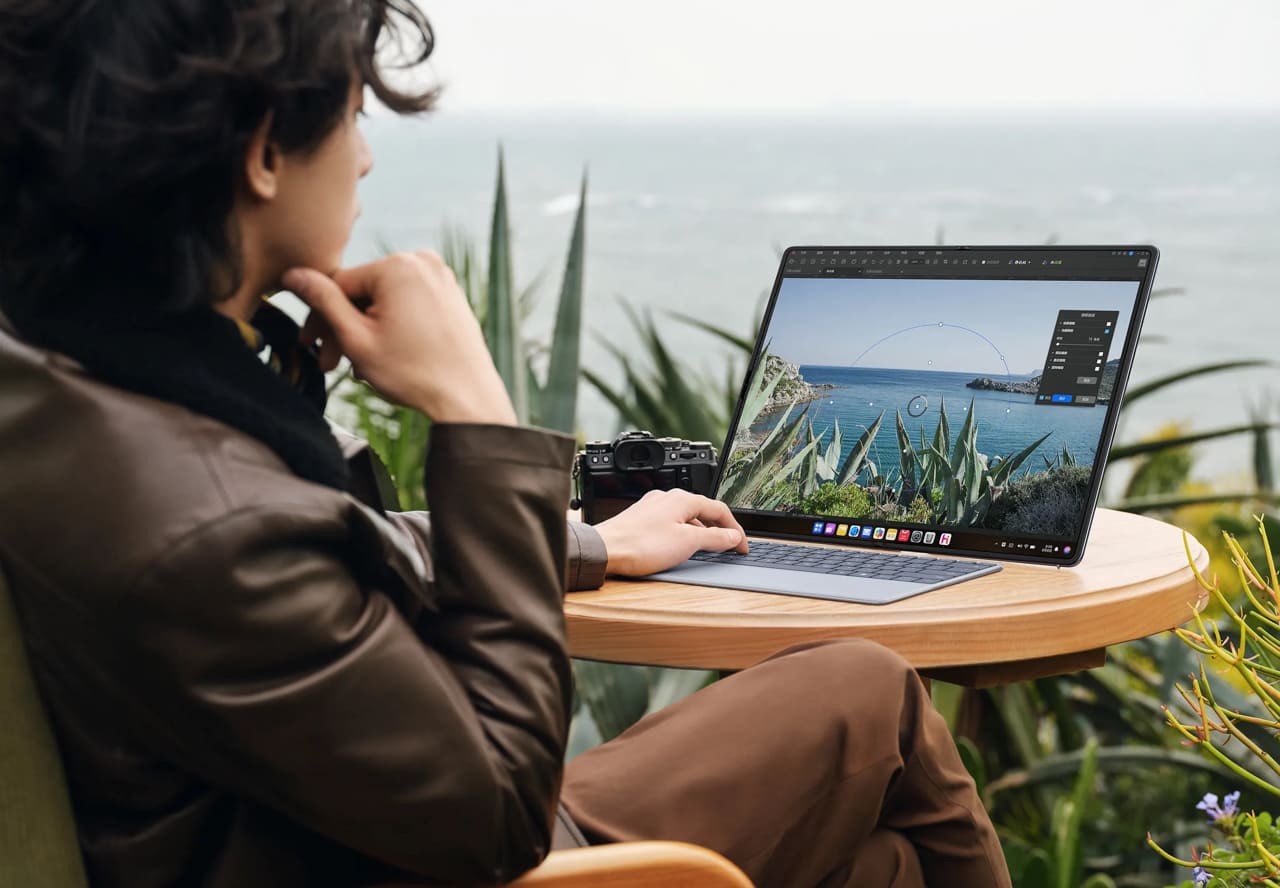
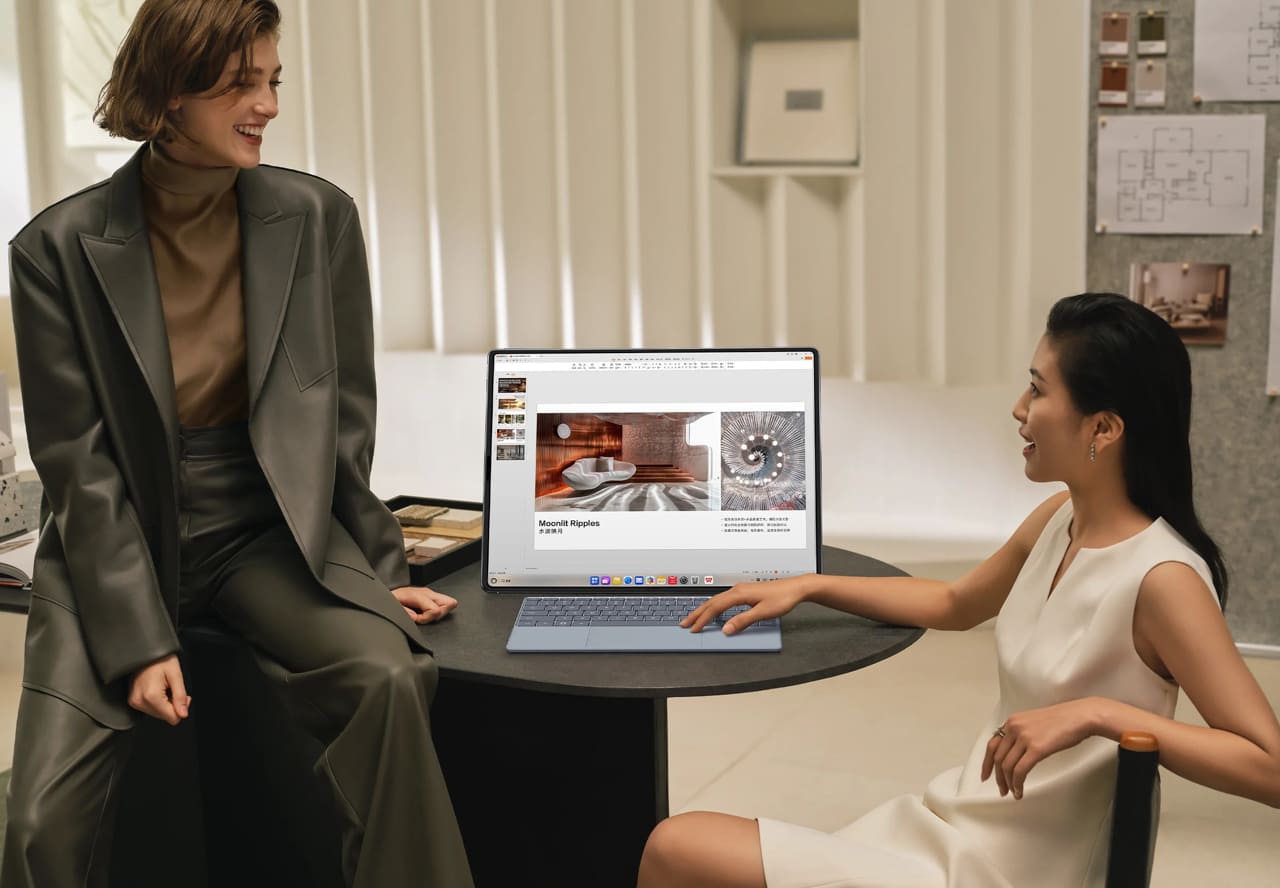
Flexibility
The beauty of a fully foldable device lies in its flexibility. Typing on glass may seem strange to some, but the learning curve may not be as steep as expected. After all, most of us quickly adapted to touchscreen phones and, later, tablet keyboards.
While foldable devices remain a niche segment for now, Huawei’s new device shows that the market is maturing. More importantly, it’s a signal that foldable laptops could one day become mainstream as the technology becomes more durable and affordable.
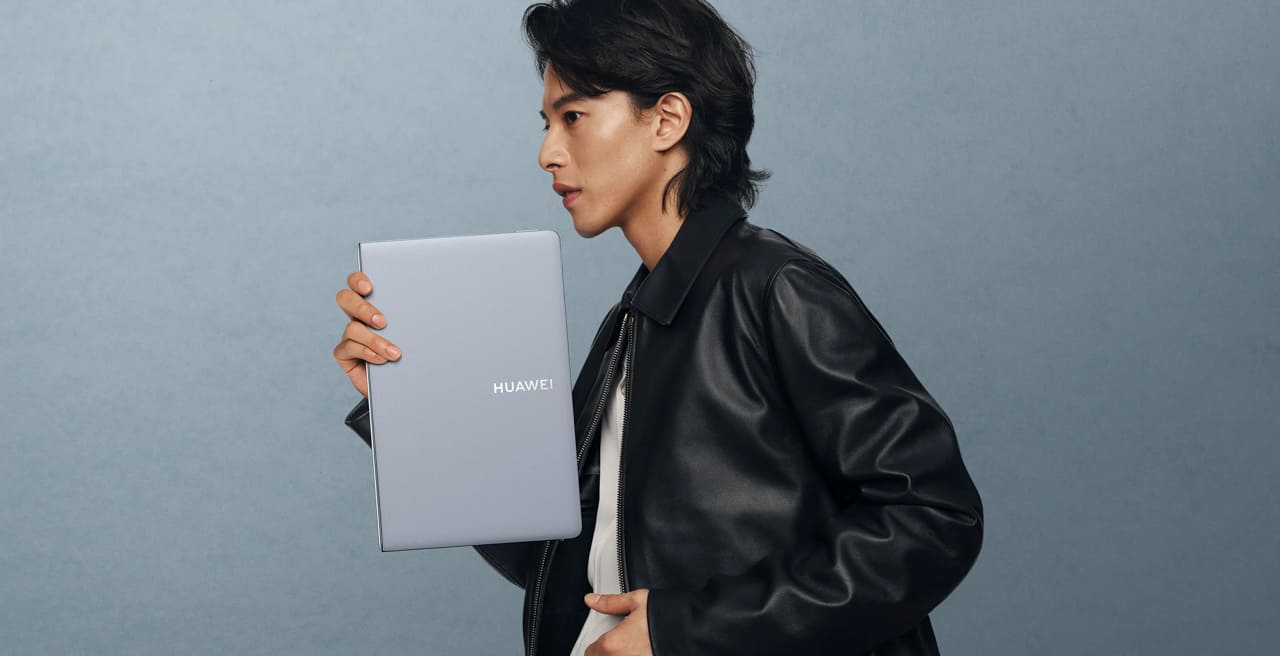
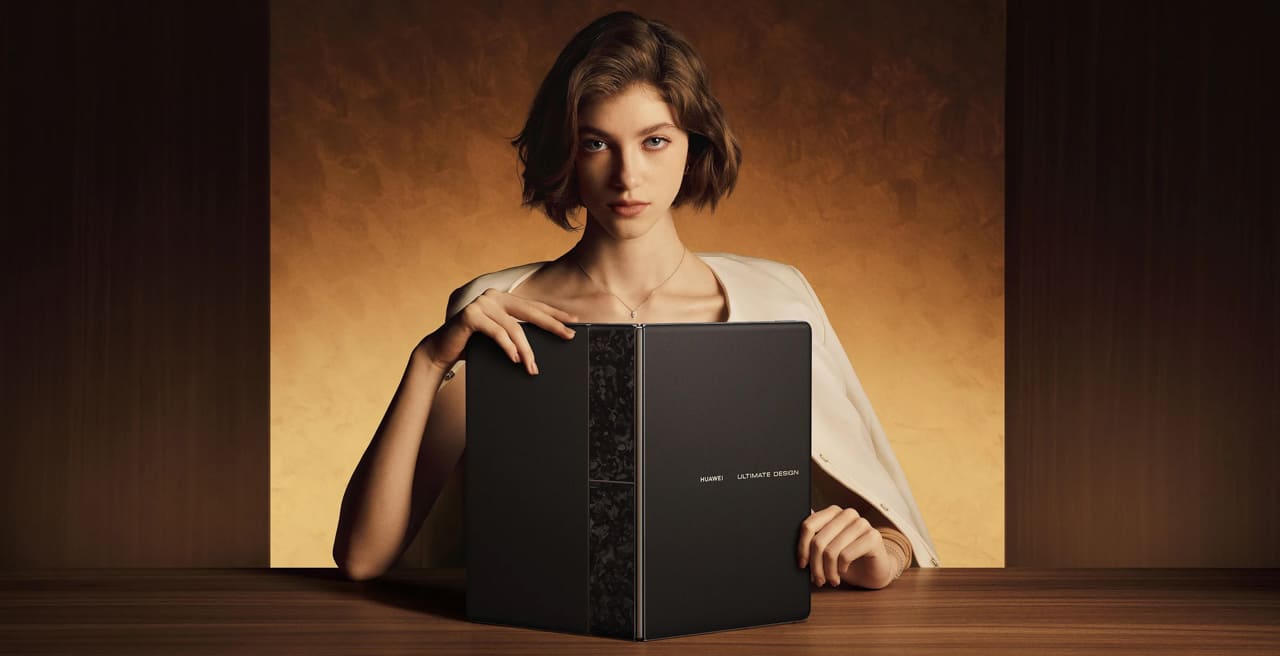
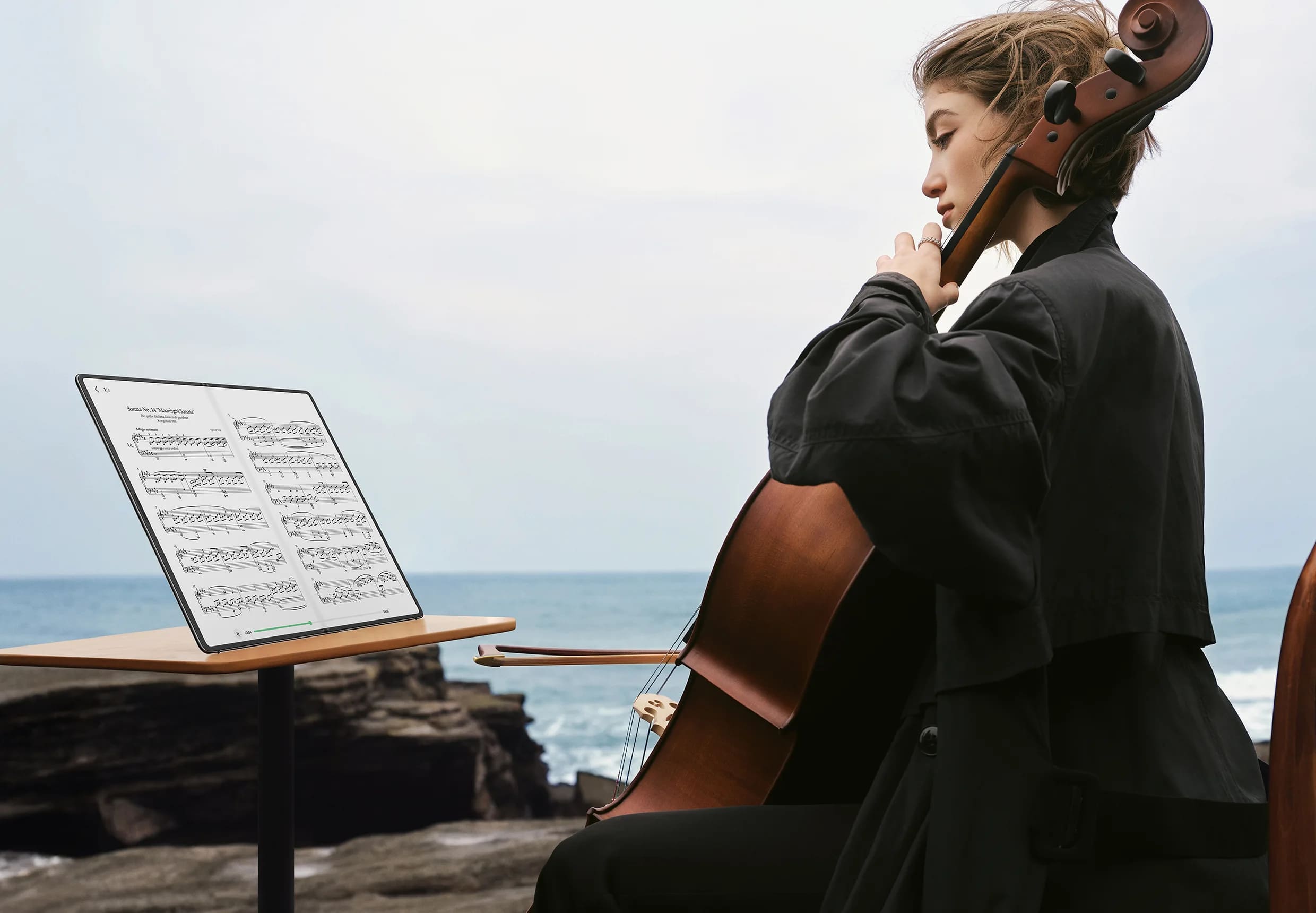
The Huawei MateBook Fold Ultimate Design is currently only available in China, but we expect this to change in the future. For more information, visit huawei.com.
Photography courtesy of Huawei.


